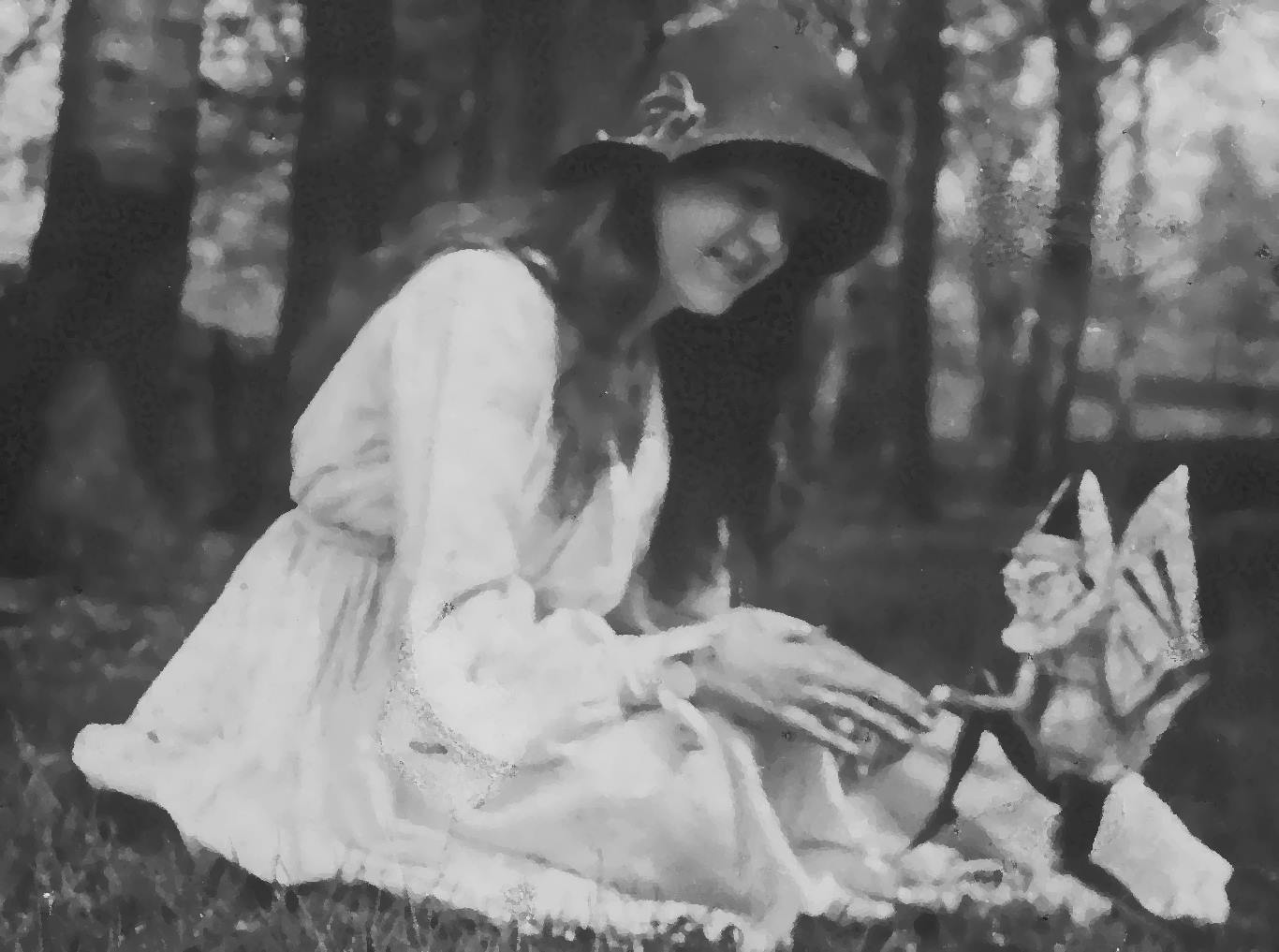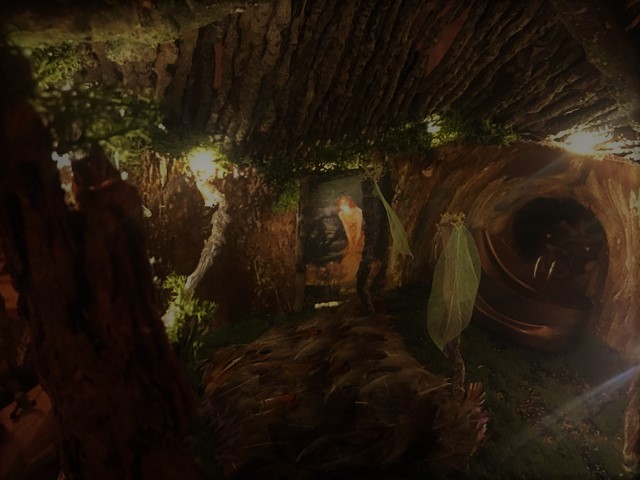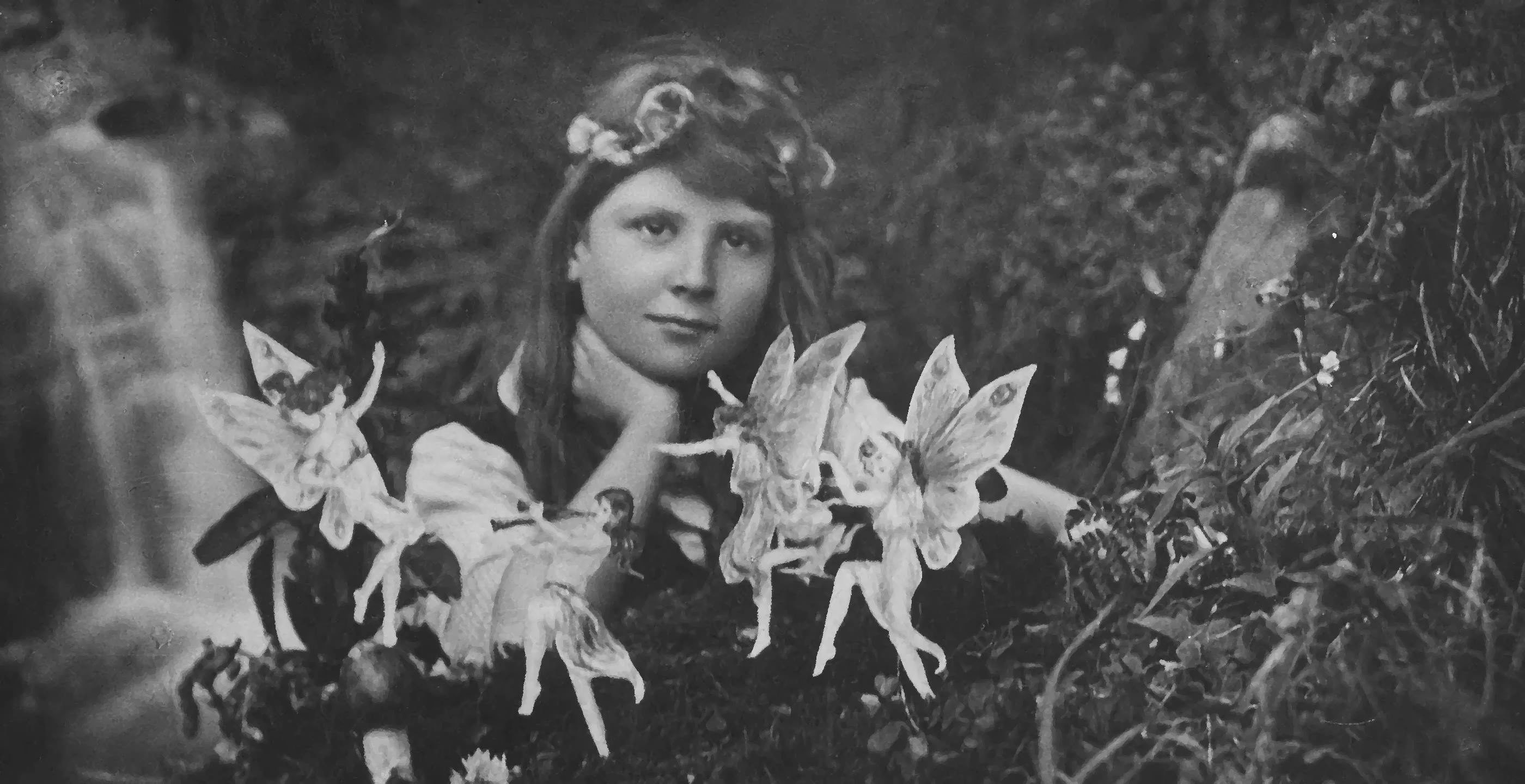Sherlock Holmes - the consulting detective who is perhaps the greatest skeptic in the world. But that can't be said about Sir Arthur Conan Doyle, the author of the most famous fictional detective.
Sir Arthur Conan Doyle (1859 - 1930) was not only a writer and author of Sherlock Holmes, but also the world's best-known advocate of spiritualism (a belief of after-life and communication with the dead). It's said that his interest in spiritualism has its roots in the death of his son, but apparently, Doyle's interest in spiritualism began in 1887. He wrote that his belief developed over the time while working on a lifetime study.
Sir Arthur Conan Doyle even joined Society for Psychical Research in London (founded in 1882) between years 1891 - 1893. Then, in 1894, Doyle was a part of an investigation of a haunted house. There are several different versions about this ghost hunt. Doyle claimed it was a poltergeist case where the ghost was playing jokes and making noises. The writer also said: "We had, of course, taken every precaution, and could not explain the noises; but at the same time we could not swear that some ingenious practical joke had not been played upon us." Reportedly, a child's bones were found in the house as Doyle found out in 1895.
From the sentence above, it seems like Doyle believed in spiritualism but with healthy mind, not everything had to be paranormal, even though he wanted to believe. But spiritualism wasn't the only thing Arthur Conan Doyle believed in, he also believed in fairies.
༺═──────────────═༻
The Cottingley Fairies
The story of two girls who fooled the famous writer dates back to July 1917. Frances Griffiths (9 years old) just came back to her home she shared with her sixteen years old cousin Elsie Wright and their two families. Frances' mother noticed her daughter's shoes are soaked and asked her why is that, the 9 year old girl responded that "she goes to play with fairies". And that was the moment the brilliant idea was born.
Elsie asked her father to lend his camera in order to provide a proof of the existence of fairies. When the photos were developed, there was a photo of Frances surrounded by four fairies. Few weeks later, the girls went out to take more photos, this time with a gnome.
In July 1920, Sir Arthur Conan Doyle was too busy with his lectures about spiritualism abroad, and for that reason, his friend Edward Gardner, who truly believed in fairies, was sent out to visit the two girls. When he visited Gardner family, he firstly questioned the parents who told him what they knew. When Elsie took Gardner to the place where the photos were taken, he questioned Elsie as well. According to Elsie, the fairies had colour of "the palest green, pink and mauve". Elsie told Gardner about the gnome as well, she described the little creature and even told Gardner that "on still days, you could hear gnome music". Later, Gardner reported everything to Doyle. They both were convinced the photos are genuine.
 |
| Elise Wright and her friendly gnome |
In December 1920, Sir Arthur Conan Doyle was asked by the Strand Magazine to write about fairies fo their Christmas special. The first photos of fairies were printed in the Strand, a magazine which published Doyle's Sherlock Holmes stories as well. Before printing out the photos, he went to George Eastman Kodak Company to ask whether the photos are fake or not. The company told Doyle there is no sign of manipulation on the photo, however, they didn't deny it might be faked in the end. When printing the photos in the Strand, Doyle claimed the photos were taken to an expert to confirm the photos are not fake. However, both Doyle and Gardner took the photos to several people, for example a photography expert Harold Snelling said the photos were unfaked, then, Doyle took the photos to a physicist Sir Oliver Lodge who said that the "fairies have Parisiene hairstyle" and claimed the photos are fake.
The truth is Elsie was interested in art and even wanted to become an artist. She was the one who painted the fairies with watercolours and secured them to hatpins. Then, Elsie managed to arrange the paper fairies and take photographs of Frances with these magical ladies.
 |
| Reportedly, the only real photo takenby the two girls |
Later, the girls became tired of what they created. They both agreed on taking the very last two photos with fairies and remain it a secret. However, there's one photo which hadn't been fake. The girls thought they captured a bird nest in a grass. Gardner was convinced it's a fairy as well, and so was Sir Arthur Conan Doyle. The last article about fairies in the Strand was called "The Evidence of Fairies by A. Conan Doyle, with new fairy photographs".
In 1922, A. Conan Doyle wrote a book "The Coming of Fairies" which included the two articles published in the Strand Magazine. The book was about the existence of fairies with evidence.
Elsie and Frances decided it's time to come out with the truth. Many years after creating the photos, in 1983, they both admitted the photos had been fake.
A. Conan Doyle truly wanted to believe that fairies are real. He even wrote: "The experiences of children will be taken more seriously. Cameras will be forthcoming. Other well-authenticated cases will come along. These little folks who appear to be our neighbours, with only small difference of vibration to seperate us, will become familiar". Doyle's belief in fairies was genuine, he wanted to believe there's something more in the world.
If you really like fairies or you're a fan of cottagecore, fairycore or goblincore, please read further as I have a little tip for you.
༺═──────────────═༻
 |
| Interior detail of 2 storied fairy home, northwoodtrail.co.uk |
 |
| Tips for seeing a fairy |


Post a Comment